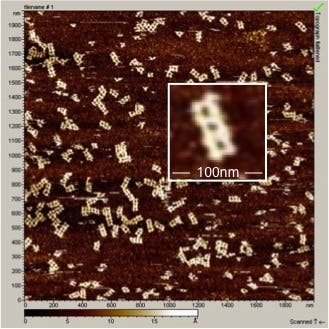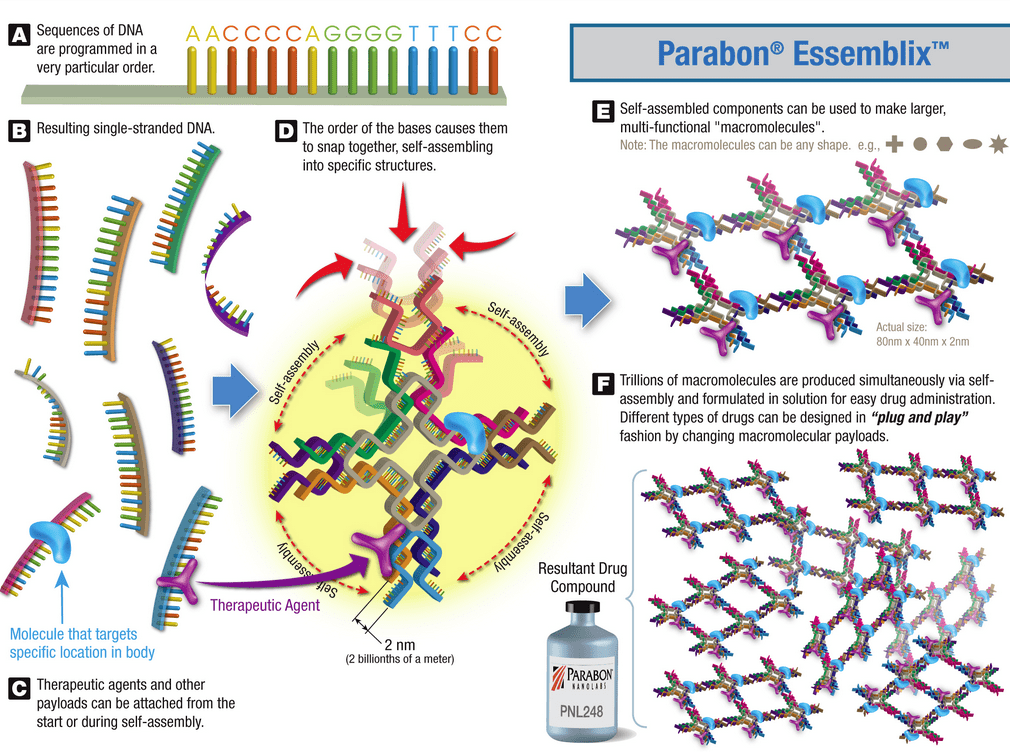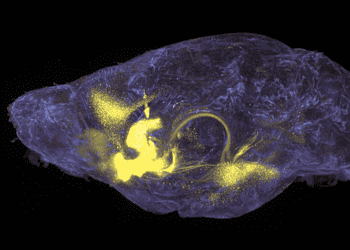Researchers at Parabon NanoLabs have developed an unique tool that allows scientists to use an intuitive drag-and-drop computer interface, much like in any other 3-D CAD software like Catia or AutoCAD, together with DNA self-assembly techniques, to develop and test new drugs much faster.

Called the Parabon Essemblix Drug Development Platform, the tool can be used to design molecular pieces with specific, functional components. Some molecules are currently used to identify cancer cells, others are capable of latching to cancer cells, while others kill them. Combining them renders mixed effects. After the design is saved, a cloud supercomputing platform that uses proprietary algorithms to search for specific sets of DNA sequences that can self-assemble those components. With a proper sequence in place that works, scientists chemically synthesize trillions of identical copies of the designed molecules. The development phase of the drug is now cut to weeks even days instead of months or even years compared to conventional trial and error.
“We can now ‘print,’ molecule by molecule, exactly the compound that we want,” says Steven Armentrout, the principal investigator on the NSF grants and co-developer of Parabon’s technology.
“What differentiates our nanotechnology from others is our ability to rapidly, and precisely, specify the placement of every atom in a compound that we design.”
The new Parabon technology offers precise control over size, charge and the relative placement of components. In vivo experiments, funded by the NSF SBIR award, validated the approach, and Parabon filed a provisional patent for its methods and compounds on May 4, 2011. The final applicationwas published in 2012.

When designing a therapeutic compound, we combine knowledge of the cell receptors we are targeting or biological pathways we are trying to affect with an understanding of the linking chemistry that defines what is possible to assemble,” says Hong Zhong, senior research scientist at Parabon and a collaborator on the grants. “It’s a deliberate and methodical engineering process, which is quite different from most other drug development approaches in use today.”
via National Science Foundation.






